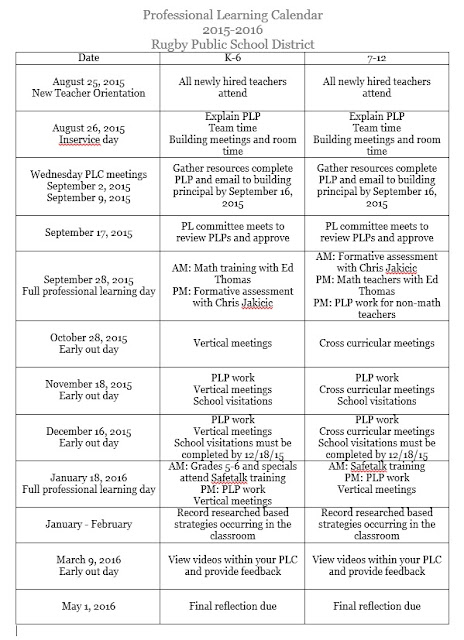- Analyze and unpack the state standards into manageable topics or what we like to call "I Can Statements." These precise topics range in number from 12-24 in total. Anymore than this will be unmanageable when you begin to develop assessments, rubrics, and analyze the data.
- Develop a scope and sequence as to when you will cover the material found within each standard. The scope and sequence will likely change throughout the year, but the group should at minimum establish guidelines as to when the topic will be taught and assessed.
- Begin developing assessments that target each of these I Can Statements. Robert Marzano believes that we should assess each of these topics at least three times to gauge a student's level of mastery.
- After the assessment for an I Can Statement has been created we should then move to the development of a rubric that will measure mastery of the topic.
- As the team begins to develop rubrics, a very important conversation about proficiency levels should occur. Most of the research suggests a scale with at least four levels.
- Administer the assessment together and analyze the student data. Begin developing student groupings based on the proficiency scales to establish intervention and enrichment activities.
- Change instruction based on the results from the data collected. Reassess and chart progress towards proficiency.
I may have missed some steps, but these are the key components of a high functioning PLC in my mind.
Thoughts??






